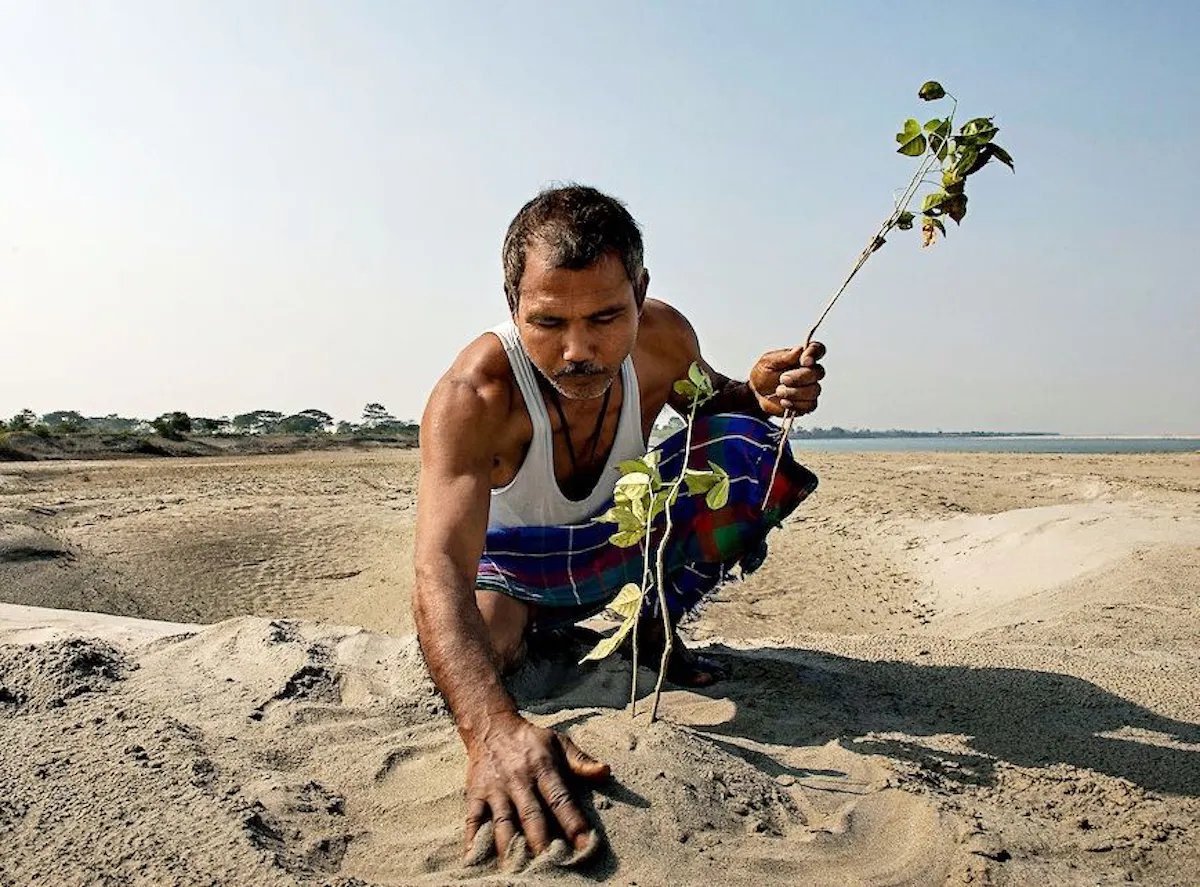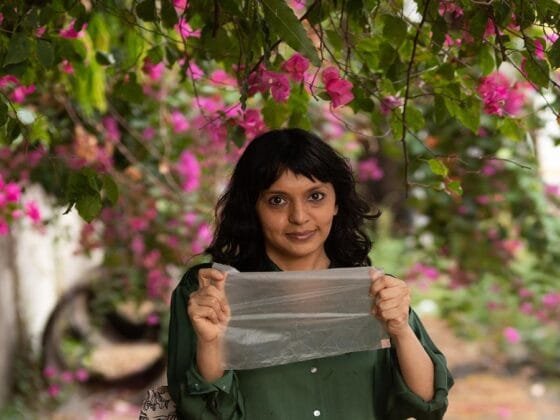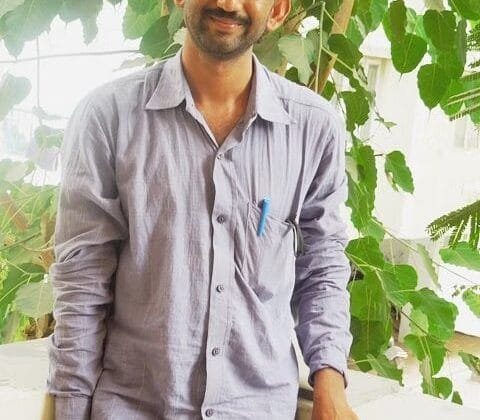Jadav Payeng is an environmental activist born in Assam, India. He is also known as Jadav Molai Payeng. Molai is indeed his forest’s name which was given after him to honour his environmental activism and for planting one tree every day. Moreover, his story has inspired a children’s book named ‘Jadav and the Tree Place’. The story talks about how he webbed a forest which is now home to many wild animals.
Payeng has also become the source of many award-winning documentaries which gained his forest even more popularity. Today, a great number of people travel across the globe to visit the Molai Forest. Above all, his story and journey of making the forest is also a part of Ecology classes in schools in the United States.

How did it happen?
When Payeng was 16 years old, he one day saw hundreds of dead snakes. The reason was the drought occurring on Moduli Reserve which is the world’s largest river island. The island is located in the Brahmaputra river in India.
At the time the incident happened, Payeng was only 16 years old. At this very young age decided to plant a tree sapling every day. Not only he decided to do so, but he was able to be consistent with his decision and ended up planting a tree in the barren soil every day. This all started in the year 1979, now after 40 years, his forest consists of 1390 acres. Back in the time, when he first decided to plant a tree every day, Payeng left his education to fully devote himself to the forest.
What is the condition of Mulai Reserve?
Before the floods and erosion, the Mulai reserve was a beautiful land with an area of 2500 acres. However, the monsoon season every year has been changing its real picture. The river in the monsoon season floods everything including homes and farms as well which ends in erosion. Because of the extensive soil erosion on its banks, the land is now under constant threat.
The land has been diminished to 50 per cent during the past seventy years. There is moreover a possibility that in the next twenty years it will be completely submerged. The 1,50,000 inhabitants of the land will have to lose their homes and livelihoods.
Payeng’s journey
Payeng’s forest is home to many animals. In the beginning, it was a little challenging for him to plant trees. The relief occurred only after his seeds grew into trees. With the passage of time, his forest kept on growing thicker and thicker. The dense forest attracted a large number of wild animals and birds such as deer, rhinos, tigers, elephants, etc. The elephants would show up to the forest and stay for three months every year.
How the Forest became the centre of eyes to the world?
It was the year 2007 when a journalist noticed Payeng seeding the plants. He was so influenced by him that he wrote an article on him. Shortly afterwards he attained the Indian government’s attention and then the whole country knew about him and his forest. It was the period when the rain of awards started showering on him. He even went to TED Talks.

Payeng claims that planting the coconut trees together in close proximity can protect the island from soil erosion. The idea will be helpful to India’s economy as well as assist in fighting climate change. Payeng has several ideas to save the Mulai land. However, he is afraid that his forest might be deforested for financial gain. He believes that the financial gain makes the flora and fauna vulnerable to human greed. Payeng says that all the species on this planet including humans are animals. However, humans don’t realise that frugality and honouring nature is the key to our survival.
The Man Who Planted Over 10 Million Trees












You must log in to post a comment.